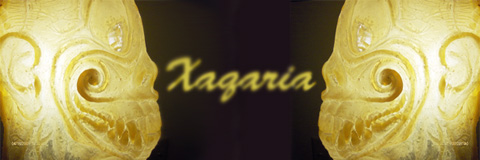
Originally Posted by
Xei

Your claims, which I believe I've stumbled upon before, inspired me to do some research. Turns out there is only one paper about this 'field theory' by this McFadden guy, who is not a neuroscientist but a molecular biologist who writes books which seem to be mainly about philosophy (the terms quantum evolution and quantum consciousness also popped up somewhere in his literature, the latter of which I know has no empirical basis). The paper itself is in fact mostly philosophy, and as far as I'm concerned, bunk philosophy. The claim that the electromagnetic field is the 'carrier' of consciousness is really completely meaningless and untestable. Consciousness isn't made out of anything and deciding on some random physical trait and labelling it 'consciousness' (and bizarrely disregarding other hugely important components such as the material ions which are the very basis of neural function) does nothing to solve the hard problem as the paper claims. With regards to the science, from Wired,
"No serious researcher I know believes in an electromagnetic theory of consciousness," Bernard Baars wrote in an e-mail. Baars is a neurobiologist and co-editor of Consciousness & Cognition, another scientific journal in the field. "It's not really worth talking about scientifically."
It's fairly easy to test these theories actually, by placing a subject in an electromagnetic field which overwhelms any effect that could be caused by intrabrain fields; nothing happens to these subjects.
No that's not what I was talking about, I was saying that with a standard digital computer you can create programs which emulate physics, including magnetic fields.
I saw on the very dodgy Wikipedia article that McFadden was claiming that a computer could never emulate a brain because transistors don't use spread out electromagnetic fields; it's this mistake I was adressing.
The current understanding is that neural nets and their impulses are what cause consciousness. There's plenty of evidence for this.
The computer need not be any different whatsoever. It's a turing machine. That's enough.









 18Likes
18Likes LinkBack URL
LinkBack URL About LinkBacks
About LinkBacks





 Reply With Quote
Reply With Quote
Bookmarks